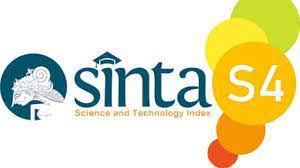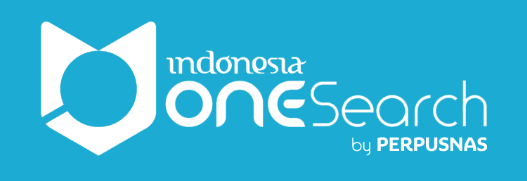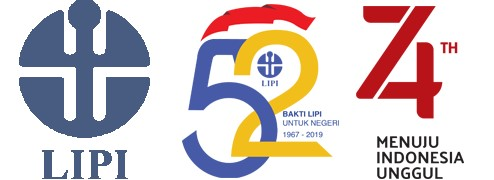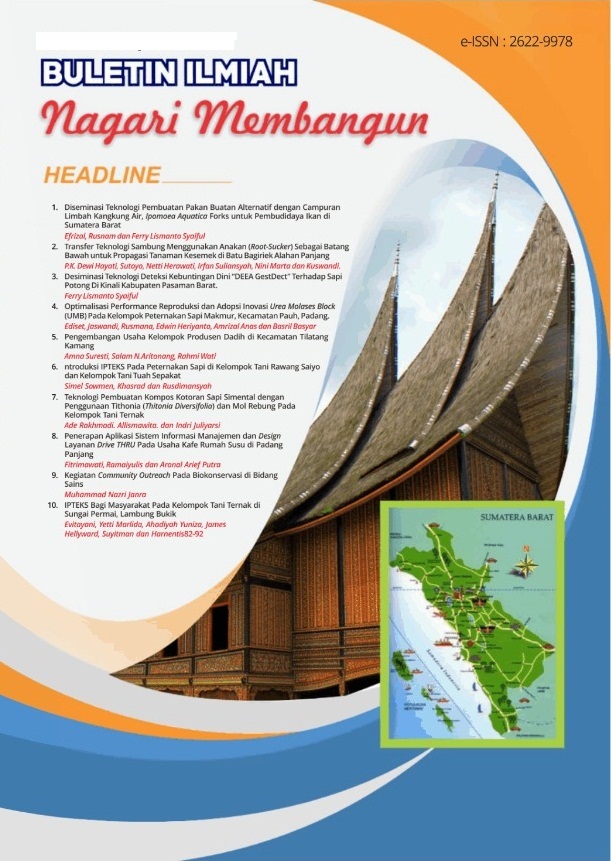PENCEGAHAN PENULARAN COVID-19 MELALUI PEMBUATAN ALAT PELINDUNG DIRI DAN PEMBAGIAN 1000 MASKER
Abstract
Covid-19 spreads rapidly and needs to be broken off the transmission chain not to become infected in humans. An effective way of staying at home is by adopting a clean and healthy lifestyle, avoiding contact with sufferers, wearing a mask if you have to be outside the house, avoiding crowds and maintaining physical distance, coughing and sneezing etiquette. This activity aims to break the chain of transmission of Covid-19 and increase small businesses' income in making masks. This activity is carried out in several places: a nursing home in West Sumatra, an orphanage in the city of Padang, a mosque in Sungayang Batu Sangkar. Furthermore, it was also carried out at RSIA Sayang Ibu and Harapan Ibunda Hospital Batu Sangkar. The method used is community empowerment in making masks. The results of the activities obtained were: making 1000 masks by empowering the tailoring business. Meanwhile, the manufacture of face shields is carried out by health workers. Furthermore, the masks were distributed to several nursing homes in West Sumatra, orphanages in the city of Padang, mosques in Sungayang Batu Sangkar. Meanwhile, the distribution of personal protective equipment in face shields and hazmat suits was handed over to RSIA Sayang Ibu and Harapan Ibunda Hospital Batu Sangkar. The distribution of personal protective equipment also carried out an educational program about Covid-19 to the public via radio, streamed on SIPP FM. Implementing this activity can be realized by carrying out practical activities by proving that students and lecturers of the Faculty of Medicine Unand can take part even under challenging conditions during this pandemic.
Downloads
References
Bloch E.M, Bailey J.A, and Tobian. 2020. Deployment of convalescence plasma for the prevention and treatment of Covid-19. The journal of clinical investigation. Review. 2020
Chen L, Xiong J, Baa L, Yuan S, 2020. Convalescent plasma as a potential therapy for covid 19. Thelancet.com/infection. Vol 20 April 2020.
Jordan RE, and P. Adab. 2020. Who is most likely to be infected with SARS-CoV-2?. The Lancet infect Dis. Published online May 15 2020.
Kemenkes. 2020. Pedoman Kesiapsiagaan Menghadapi Infeksi Novel Corona virus (2019-nCoV). Dirjen Pengendalian dan Pengendalian Penyakit.
Latimer G et all., 2020. Cardiac dysfunction and thrombocytopenia-associated multiple organ failure inflammation phenotype in a severe paediatric case of Covid 19. Case report. The lancet.com/child-adolescent. Published online May 18 2020.
Li. G. 2020. Coronavirus infections and immune responses. Review. Journal of medical virology. 21 January 2020.
Maxmen A, 2020. How blood from Covod 19 survivors might save lives. Springer Nature Limited. Vol 580. April 2020
Rascombe P, 2020. How diabetes management is adapting amid the Covid 19 pandemic. The Lancet .com/diabetes-endocrinology. Published online May 15 2020.
Rothan HA, Siddappa, Byrareddy. 2020. The epidemiology and pathogenesis of coronavirus disease (Covid-19) outbreak. Journal of autoimmunity, 109. Review article. Elsevier. 102433
Stebbing, J. 2020. Covid-19: Combining antiviral and anti inflammatory treatments. The Lancet infect Dis. Published online April 20 2020.
Teng, J. 2020. Detections of IgM and IgG antibodies agains SARS-CoV-2 in patients with autoimmune disease. The Lancet com/rheumatology. Published online May 18 2020.
Yuliana. 2020. Corona virus desease (Covid-19); sebuah tinjauan literatur. FK Unila. Wellness and health magazine. 2(1):189-192
Zhou F. 2020. Clinical course and risk factors for mortality of adult inpatients with Covid 19 in Wuhan, China: a retrospective cohort study. The lancet.com. Vol 395 March 2020.





















